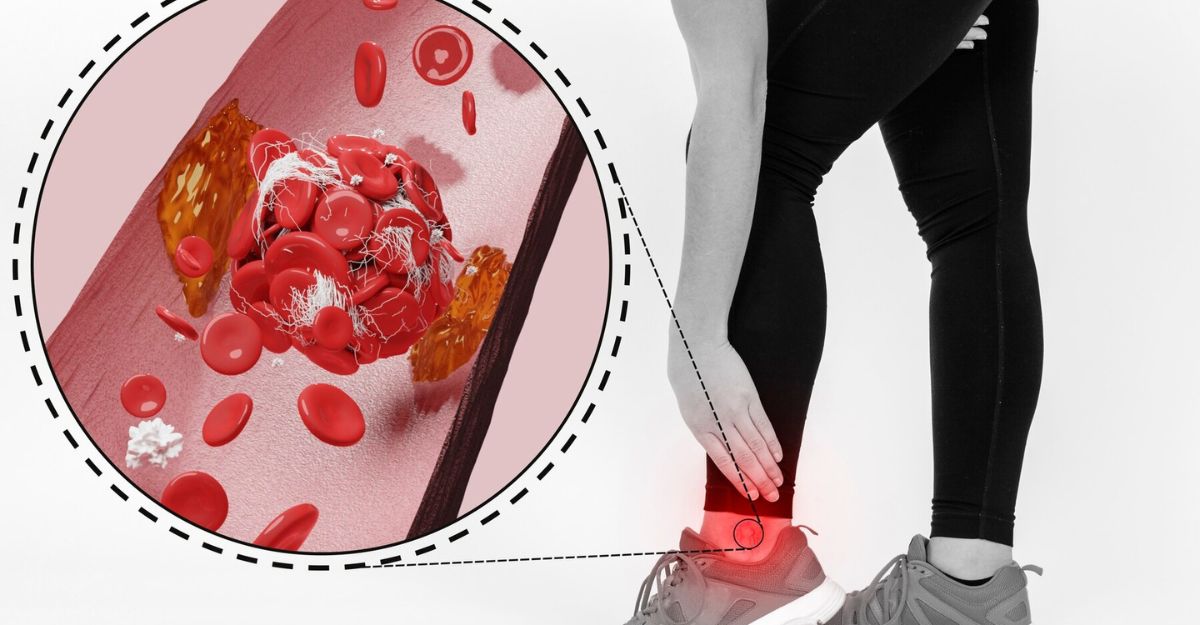Introduction:
Plantar fasciitis is a common and often painful foot condition that occurs when the plantar fascia, a band of tissue connecting the heel to the toes, becomes inflamed. Managing the pain associated with plantar fasciitis is crucial for maintaining daily activities and overall well-being. While consulting with healthcare professionals is essential, we will talk about some natural cures and lifestyle adjustments that may provide relief. This essay explores practical and gentle approaches to relieving pain from plantar fasciitis.
Understanding Pain from Plantar Fasciitis:
Plantar fasciitis is characterized by a sharp pain or stiffness in the heel or bottom of the foot, particularly noticeable in the morning or after long periods of rest. Integrating natural remedies can complement medical interventions and contribute to managing pain and promoting overall foot health.
Stretching Exercises:
Regular stretching exercises for the calf muscles, Achilles tendon, and the plantar fascia itself can help relieve tension and reduce pain. Gentle stretches such as the towel stretch or calf stretches against a wall can be beneficial.
Foot rolling With a Ball:
Rolling a small firm ball (such as a tennis ball or golf ball) under the arch of the foot can provide a massage effect, helping to release tension in the plantar fascia. Apply gentle pressure and roll the ball for a few minutes at a time.
Arch Support:
Wearing shoes with proper arch support is crucial for individuals with plantar fasciitis. Consider adding orthotic insoles to your shoes or choosing footwear designed to provide adequate arch support.
Icing:
Applying an ice pack to the affected area can help reduce inflammation and alleviate pain. Use a cloth or towel to protect the skin and apply the ice pack for 15-20 minutes at a time.
Night Splints:
Wearing night splints can help keep the foot in a dorsiflexed position, stretching the plantar fascia during sleep. This may reduce morning pain and stiffness.
Maintain a Healthy Weight:
Excess body weight can contribute to increased strain on the feet. Maintaining a healthy weight through a balanced diet and regular exercise can help alleviate pressure on the plantar fascia.
Anti-Inflammatory Diet:
Incorporating foods with anti-inflammatory properties into your diet, such as fatty fish, nuts, and fruits, may help reduce inflammation and contribute to overall foot health.
Gentle Massage:
Massaging the affected foot with your hands or using a massage tool can help relax the muscles and reduce tension in the plantar fascia. Apply gentle pressure and focus on the arch of the foot.
Calf Raises:
Strengthening the calf muscles through calf raises can help provide support to the plantar fascia. Perform these exercises with controlled movements to avoid straining the foot.
Conclusion:
While these natural remedies may offer relieve pain from plantar fasciitis, it’s crucial to consult with a healthcare professional for personalized advice and treatment. By incorporating these practical approaches with professional guidance, individuals can take proactive steps towards relieving pain from plantar fasciitis and promoting overall foot health.

